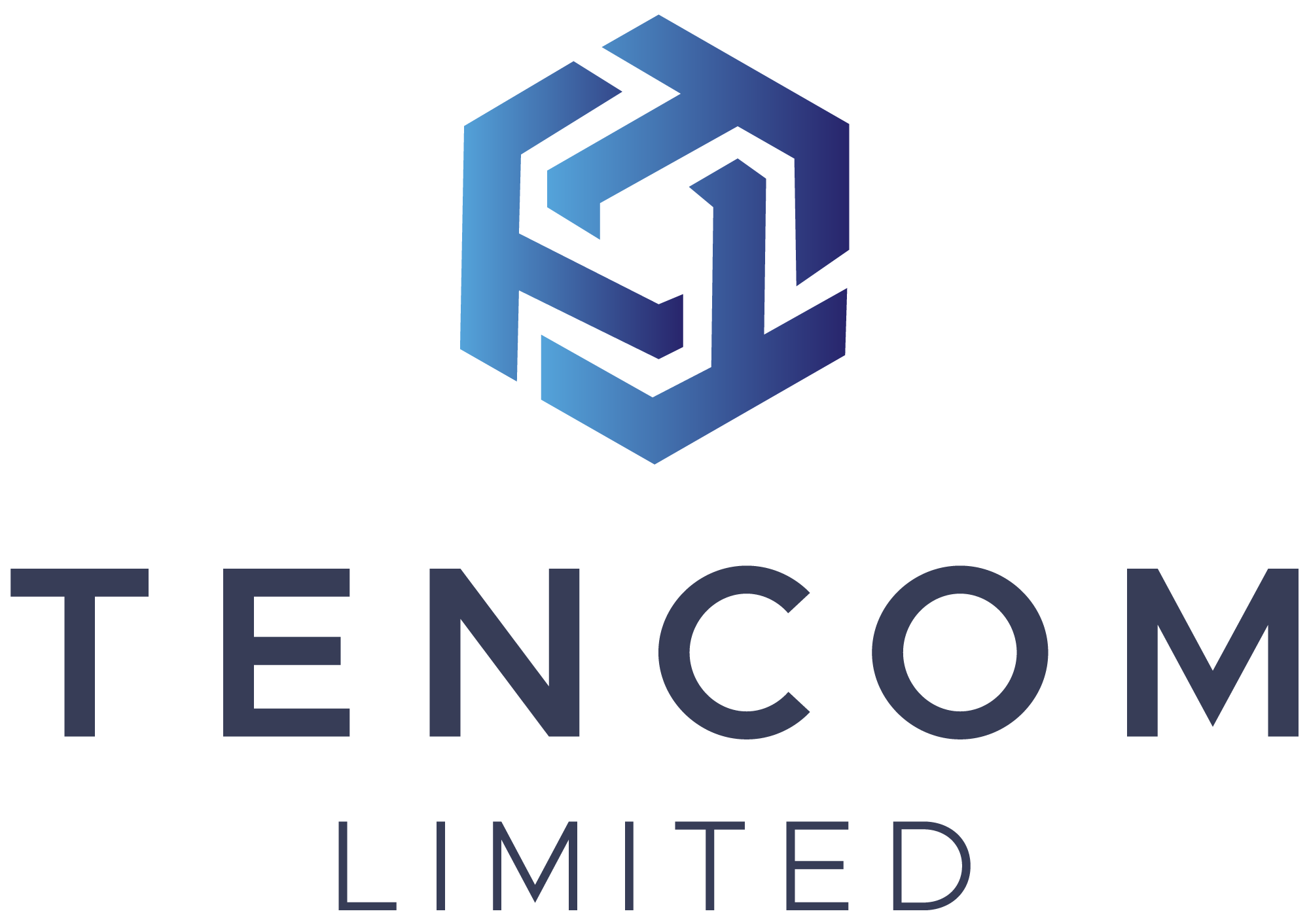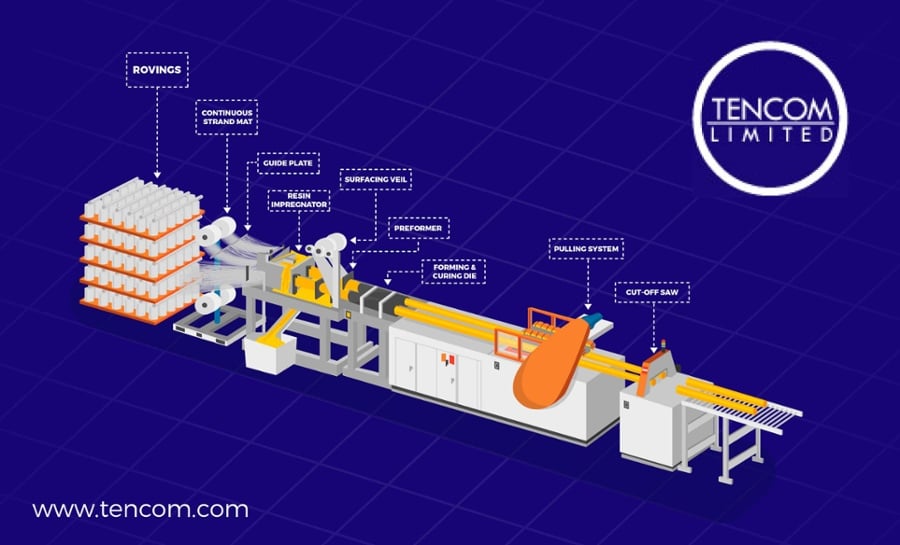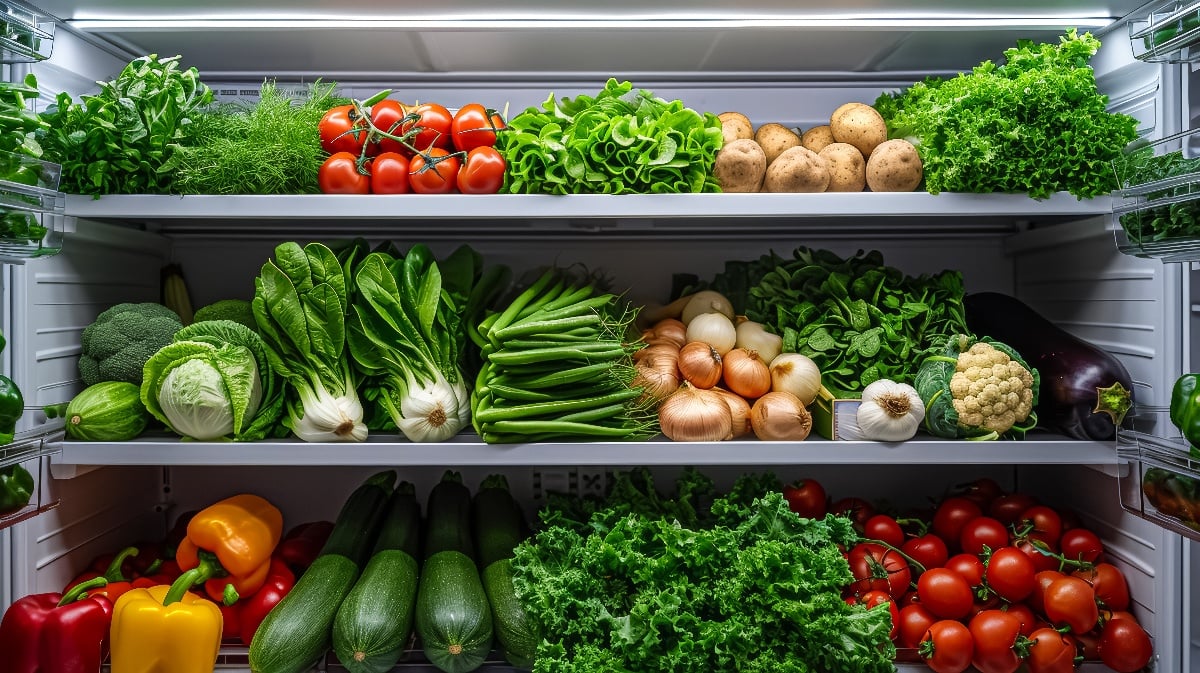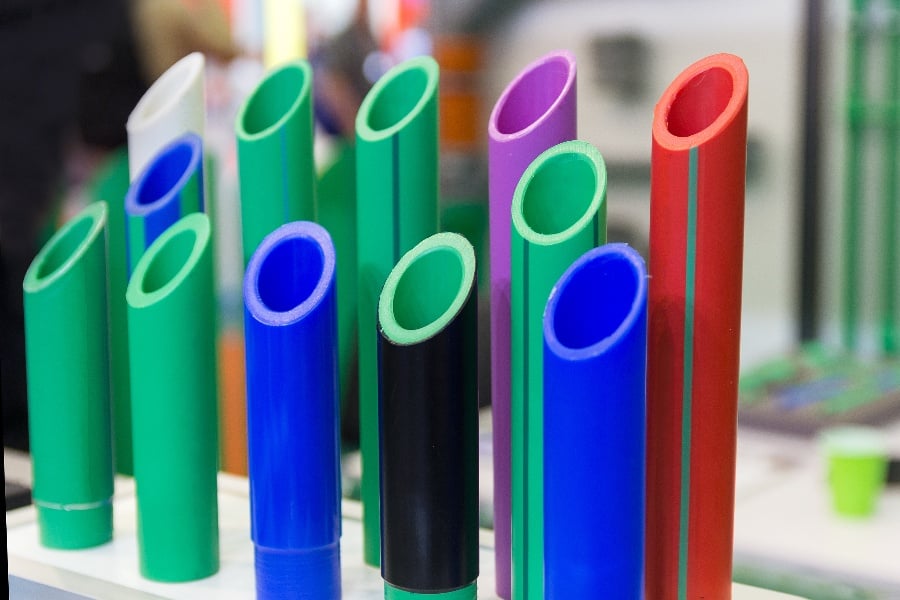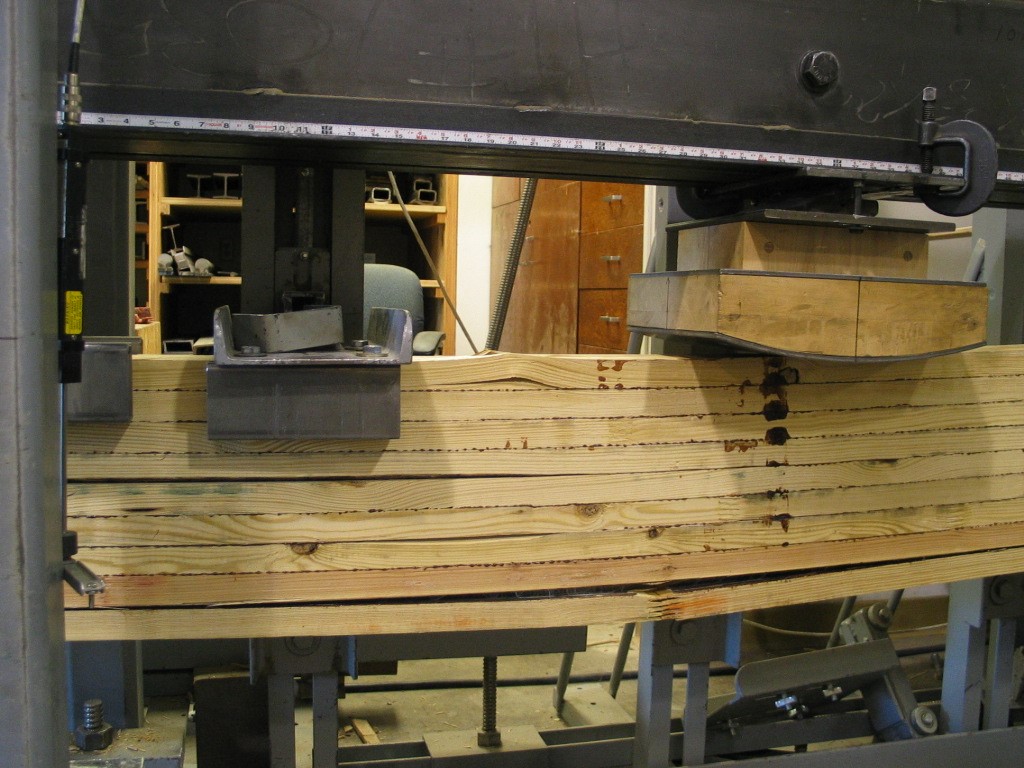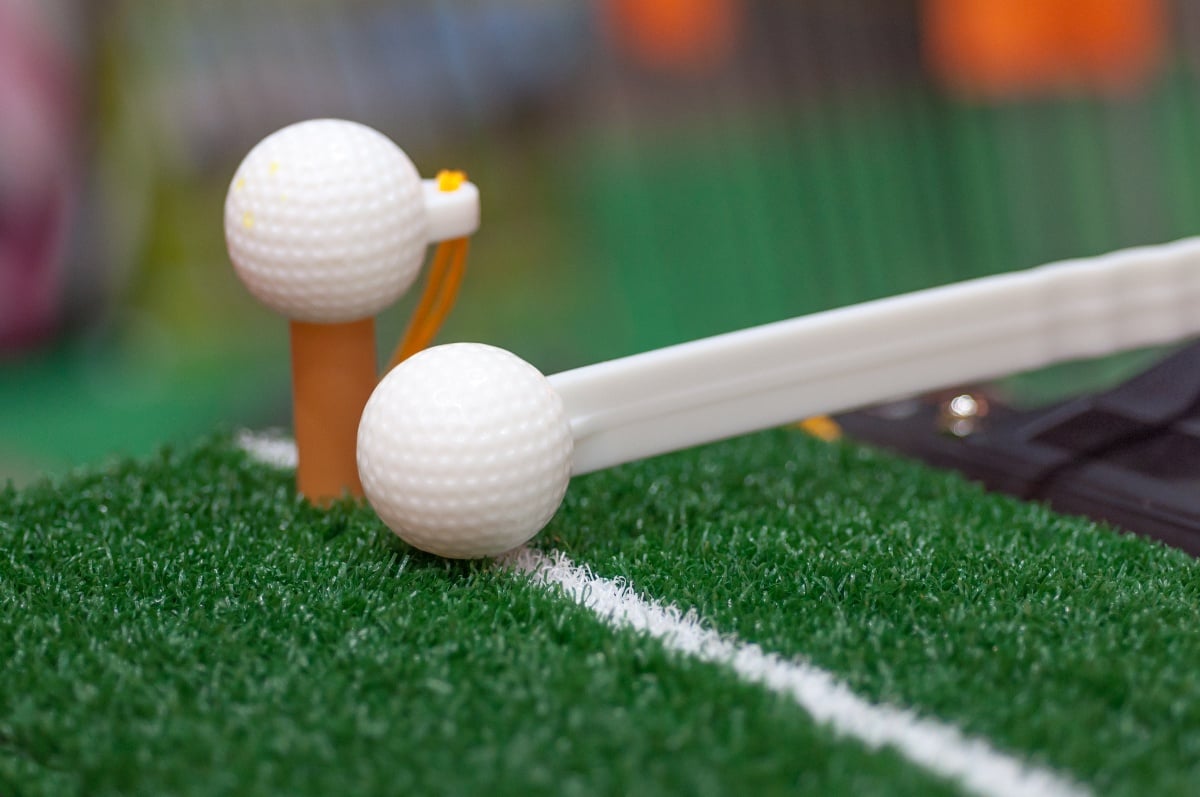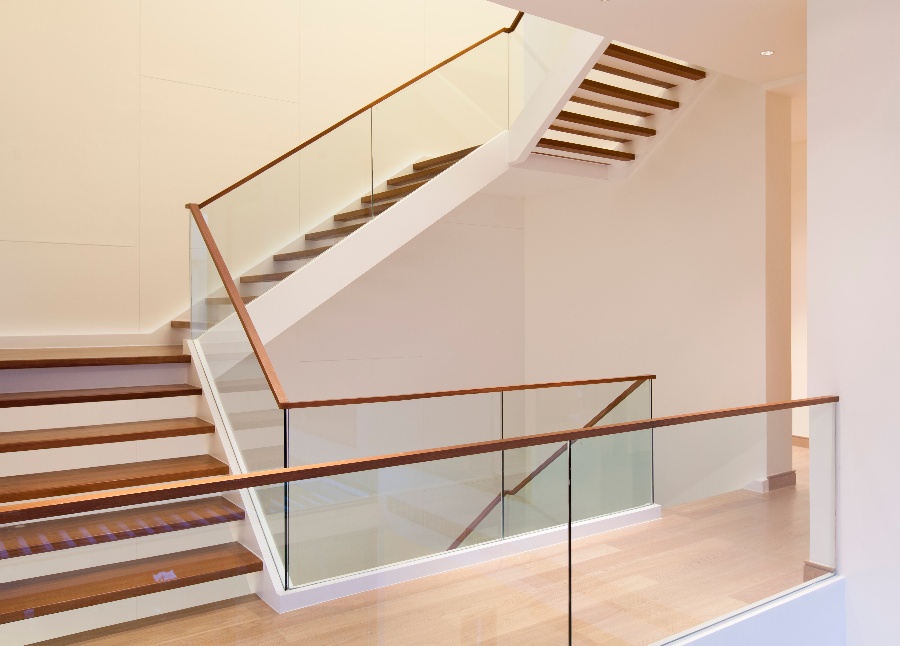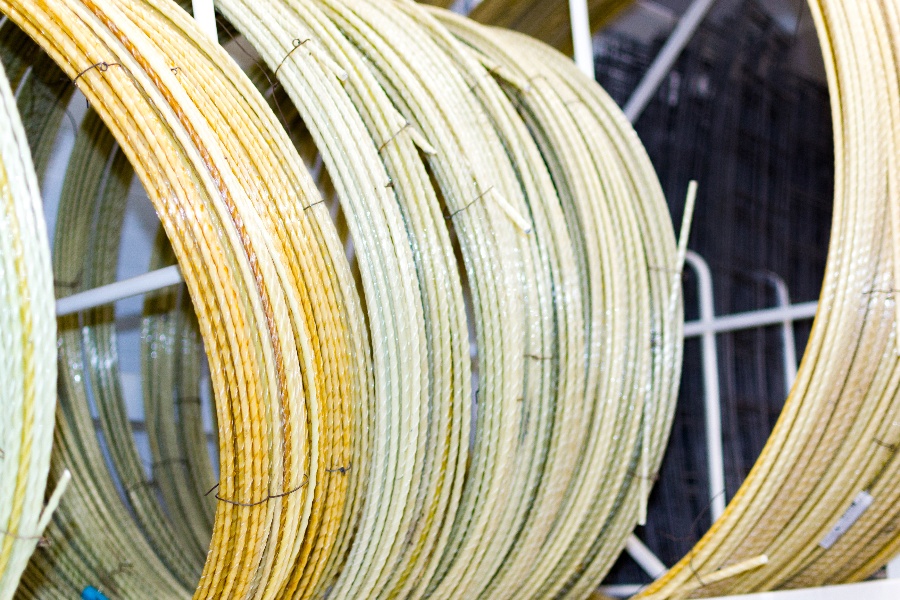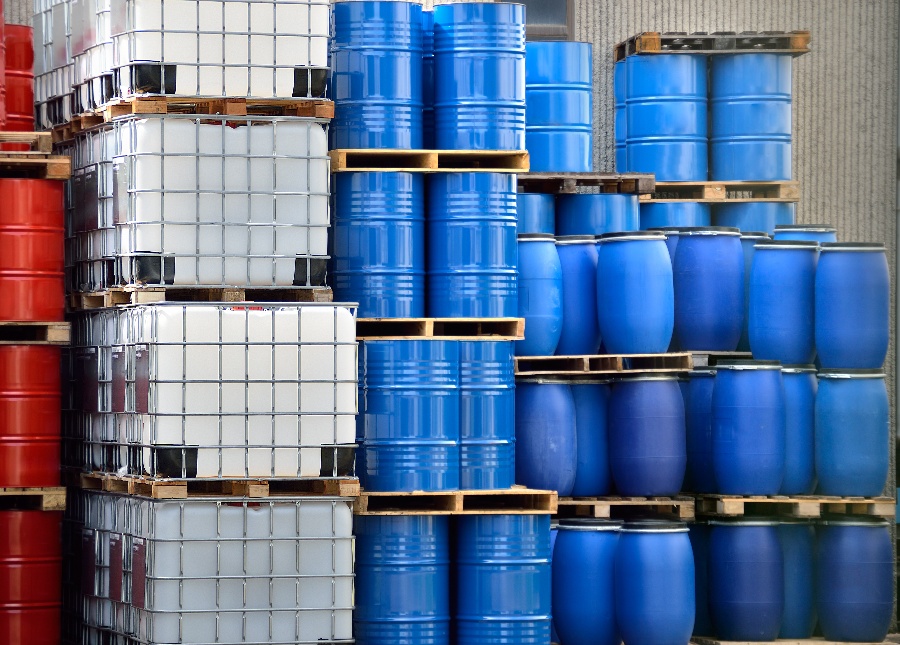
Fiberglass pultrusion is a fascinating manufacturing technique that produces strong, lightweight, and durable composite materials used in a wide range of applications, from construction to consumer goods. If you're new to the world of composites, this guide will walk you through the pultrusion process step by step, breaking down its key components and how it works. By the end, you'll understand why pultruded fiberglass is a go-to material for industries worldwide.
What is Pultrusion?
Pultrusion is a continuous manufacturing process that produces fiber-reinforced composite profiles with consistent cross-sections, like rods, tubes, or beams. Unlike other methods, pultrusion "pulls" fibers through a resin bath and a heated die to form precise, high-strength parts. Its efficiency and ability to produce complex shapes make it ideal for applications like window frames, utility poles, and even sporting goods.
Step-by-Step Breakdown of the Pultrusion Process
Let’s dive into the core steps of pultrusion, keeping it simple yet detailed enough to give you a clear picture.
Step 1: Preparing the Reinforcement Fibers
The process begins with selecting reinforcement materials, typically fiberglass rovings (continuous strands) or mats. These fibers provide the strength and rigidity of the final product. Fiberglass is the most common choice due to its durability and cost-effectiveness, but carbon or aramid fibers may also be used for specialized applications.
-
How it works: Fibers are stored on spools or creels and carefully aligned to ensure uniform tension. This alignment is critical for maintaining consistent strength across the final profile.
-
Why it matters: Proper fiber arrangement ensures the composite can withstand mechanical stresses, like bending or tension, in real-world use.
Step 2: Resin Impregnation
Next, the fibers are pulled through a resin bath, where they’re soaked in a liquid polymer resin, typically polyester, vinyl ester, or epoxy. The resin acts as a binding agent, holding the fibers together and giving the composite its shape and corrosion resistance.
-
How it works: The fibers pass through a bath or a wet-out system, ensuring each strand is fully coated. Advanced setups may use resin injection to minimize waste and improve saturation.
-
Why it matters: Thorough impregnation ensures the final product has no weak spots, enhancing durability and resistance to environmental factors like moisture or chemicals.
Step 3: Pre-Forming and Shaping
Before entering the main die, the resin-soaked fibers pass through a pre-forming guide. This step organizes the fibers into the rough shape of the final product, aligning them for the next stage.
-
How it works: Guides or rollers compress and shape the wet fibers, removing excess resin and ensuring the material fits the die’s dimensions.
-
Why it matters: Pre-forming prevents defects like voids or uneven surfaces, setting the stage for a smooth, precise profile.
Step 4: Pulling Through the Heated Die
The heart of pultrusion is the heated die, where the magic happens. The pre-formed, resin-soaked fibers are pulled through a steel die heated to a precise temperature (typically 200-300°F, depending on the resin).
-
How it works: As the fibers move through the die, the heat triggers a chemical reaction (curing) that hardens the resin, locking the fibers into the desired shape. The die’s design determines the final cross-section, whether it’s a rod, I-beam, or custom profile.
-
Why it matters: The die ensures dimensional accuracy and a smooth surface finish, critical for both aesthetics and performance in applications like structural supports.
Step 5: Continuous Pulling
Unlike extrusion, where material is pushed, pultrusion relies on a pulling mechanism. A set of grippers or caterpillar tracks continuously pulls the fibers through the entire process at a steady speed.
-
How it works: The pulling system maintains constant tension, ensuring uniform movement through the resin bath, pre-former, and die. Speeds vary but are typically optimized for curing time.
-
Why it matters: Consistent pulling prevents distortions and ensures the process runs efficiently, producing long, continuous profiles with minimal waste.
Step 6: Cutting to Length
Once the cured composite exits the die, it’s a solid, fully formed profile. The final step is cutting it to the desired length using an automated saw or cutter.
-
How it works: A flying cutoff saw synchronizes with the pulling speed to slice the continuous profile into manageable lengths, ready for packaging or further processing.
-
Why it matters: Precise cutting ensures the profiles meet customer specifications, whether for short components or long structural beams.
Why Pultrusion Stands Out
Pultrusion’s continuous nature makes it highly efficient, producing high volumes of consistent, high-strength parts with minimal labor. Its advantages include:
-
Strength-to-weight ratio: Fiberglass composites are lighter than steel but incredibly strong.
-
Corrosion resistance: Ideal for harsh environments like coastal areas or chemical plants.
-
Customization: Dies can be designed for virtually any shape, from simple rods to complex profiles.
Real-World Applications
Pultruded fiberglass is everywhere, even if you don’t notice it. It’s used in:
-
Construction: Rebar, railings, and window reinforcements.
-
Infrastructure: Utility poles and bridge components.
-
Consumer goods: Tent poles, fishing rods, and driveway markers.
Getting Started with Pultrusion
If you’re a hobbyist or small business owner curious about pultrusion, start by researching small-scale pultrusion machines or partnering with a manufacturer. For students or educators, exploring pultrusion through online simulations or industry case studies can be a great way to learn.
Conclusion
The pultrusion process is a game-changer in manufacturing, combining simplicity with precision to create versatile composite materials. By pulling fibers through a resin bath and heated die, it produces durable, lightweight profiles that power industries from construction to renewable energy.
Whether you’re a beginner or just curious, understanding these steps opens the door to appreciating the innovation behind everyday products.
